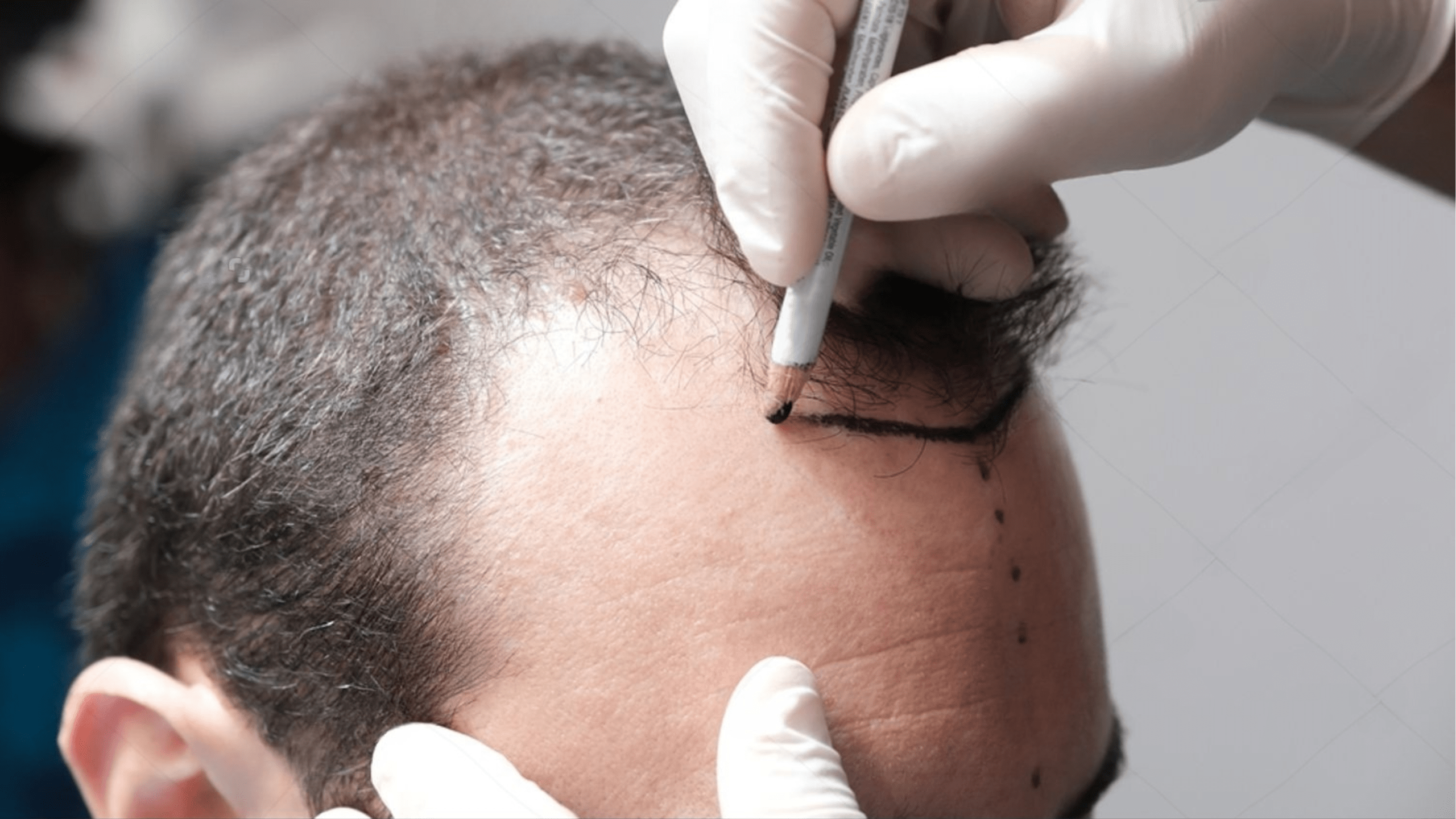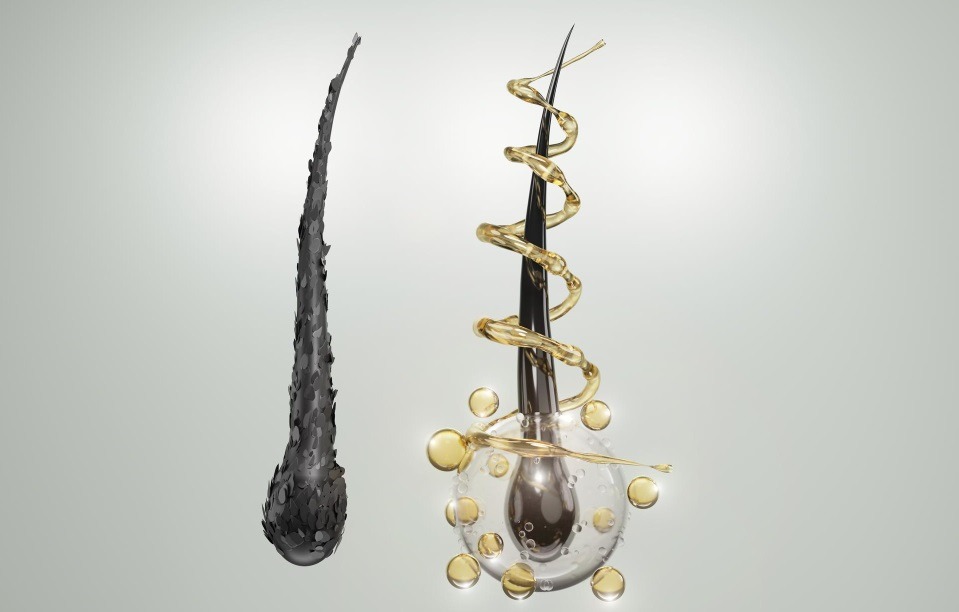Understanding Hair Porosity
Hair porosity refers to your hair’s ability to absorb and retain moisture.
Porosity is influenced by damage, increasing with hair damage. Common causes include mechanical wear, chemical damage (bleaching), heat styling tools, and the use of high-pH hair care products.
- Water Absorption in the Shower: High porosity hair absorbs water quickly, while low porosity hair may take longer to fully wet.
- Drying Time: High porosity hair dries rapidly, whereas low porosity hair may take longer.
- Product Absorption: Porous hair readily absorbs products, while resistant hair may repel them.
Performing a strand test involves running fingers down a single strand of hair to assess its texture. Silky smoothness indicates normal to resistant hair, while roughness suggests porous hair.
While this home test provides a general idea, consulting with a dermatologist can offer a more accurate assessment of hair porosity. Understanding your hair’s porosity can guide your hair care routine, helping you choose products and practices that best suit your hair type.
Porosity has to do with the structure of your hair. Low porosity hair has a cuticle that opens and closes easily, naturally in a closed position. This means the hair has a hard time accepting moisture but retains it well once absorbed.
- Let water sit on your hair before moisturizing: Spritz your hair with water and cover it with a shower cap before moisturizing to open up your hair cuticle.
- Use deep conditioning: Ensure your hair absorbs deep conditioner effectively. You can use steam from the shower or a hooded dryer.
- Try a hair steamer: Hair steaming can help bring moisture into your low-porosity hair, especially during deep conditioning.
- Use lighter oils to prevent buildup: Low porosity hair with closed cuticles benefits from lighter oils like almond oil, argan oil, jojoba oil, or grape seed oil to prevent product buildup.
- Use moisturizing products with humectants: Products with humectants like glycerin, honey, maple, aloe, slippery elm, and marshmallow attract moisture to low-porosity hair.
- Maintain protein-moisture balance: Limit the use of protein products or choose those with smaller particles. Protein less often or with a lower concentration in the ingredients list is ideal.
- Try the L.C.O method (Liquid, Cream, Oil): Apply water, then a leave-in, followed by a cream and oil to ensure moisturizing ingredients are close to the hair.
- Apply styling products in the shower: After washing, apply products immediately in the shower to take advantage of the steam and open cuticles.
- Keep your hair covered after wash day: Use a shower cap or plastic bag over your head before applying hair products to trap moisture.
I hope you find these tips helpful, even though you may not have low porosity. In case you need to check your hair type porosity, you may kindly visit Dr. Anchal, an Expert Hair Doctor in Ahmedabad.



